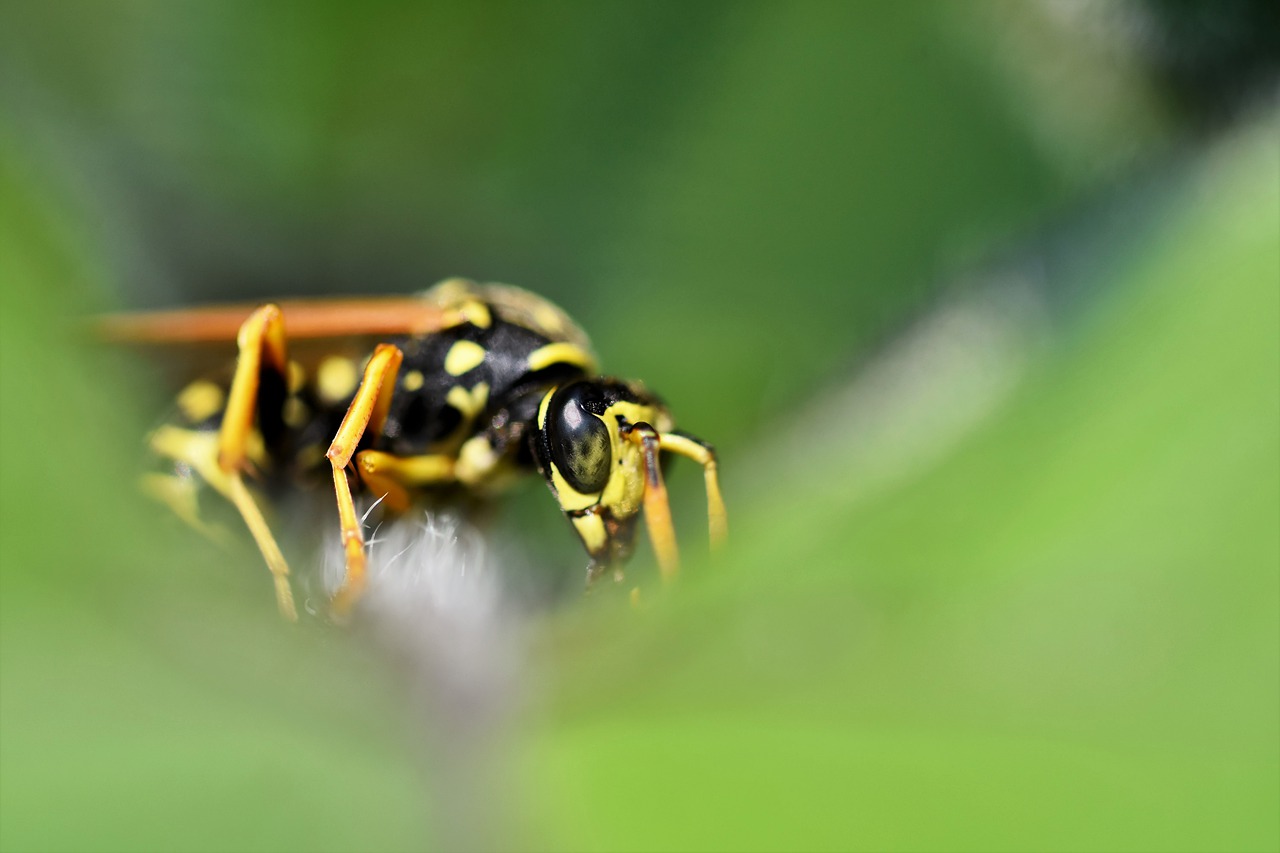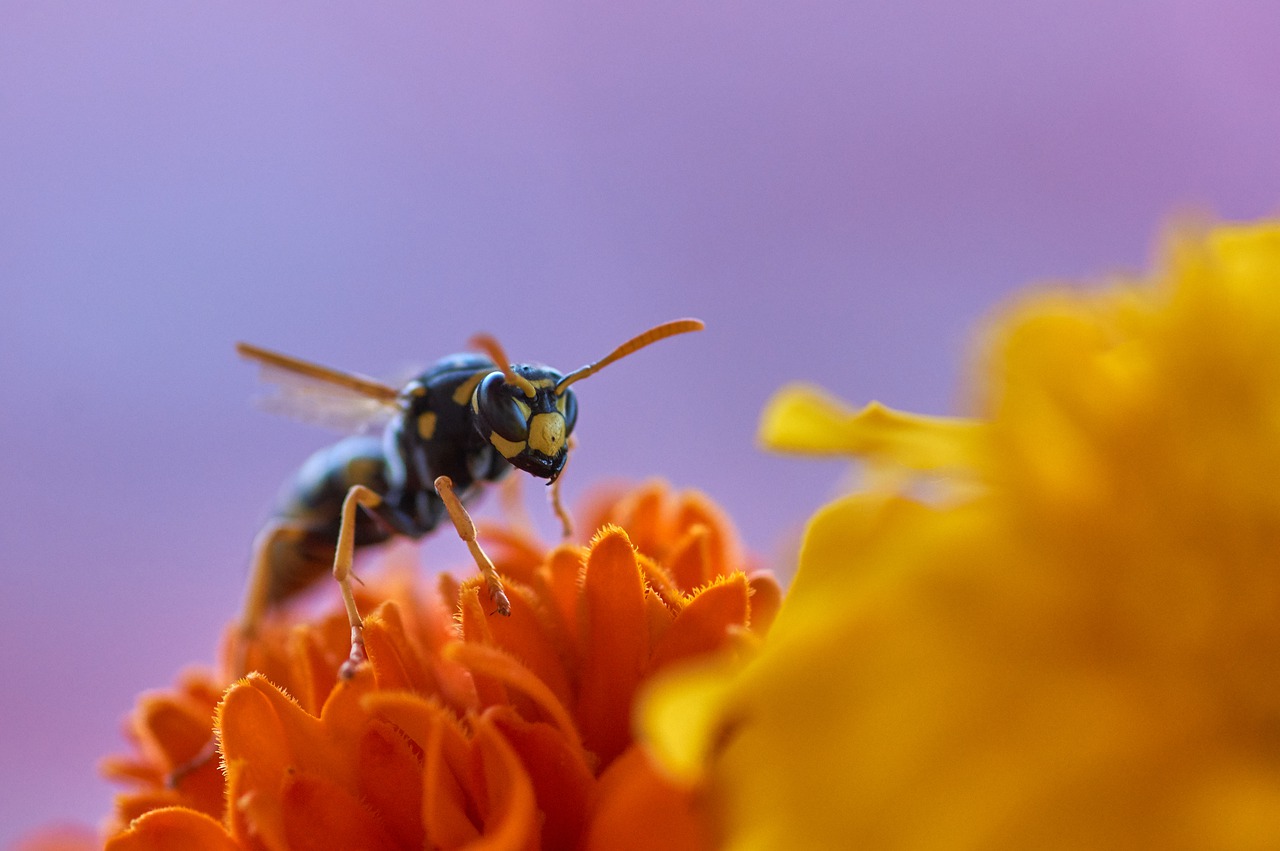Whenever summer comes around things always seem that little bit brighter and more colourful. Everything in the garden is in bloom again and numerous butterflies, bees and other useful insects cavort on the flowers. Whilst this is a picture perfect setting and lovely to see they are actually doing very important work in pollinating plants for the preservation of diversity and our food.

When it comes to wasps however is it more difficult to make friends with these insects. The first thought most people have when it comes to wasps is that they are bad tempered black and yellow pests that often appear in groups to spoil a nice picnic, breakfast or barbecue.
Wasps, bees, bumblebees and antsto all belong to the insect order of the hymenoptera. This means that they have two membranous pairs of wings. These are criss-crossed with a few veins. Hence the name. The two wasp species, which have the worst reputation and are particularly annoying are the "German Wasp" and the "Common Wasp". These species are known for having the most disruptive wasp nests.
Without knowing it, wasps do useful things in the garden. One of their most important jobs is pollinate flowers and thus contribute to the survival of many plants and crops. In addition, they eat a lot of insects and so can also be very helpful in combating pests.

This is actually one of the big differences between bees and wasps. While bees feed their offspring with pollen and nectar, wasps feed their young with with protein-rich food like chewed up insects and caterpillars.
Once the nest is fully developed and the offspring have developed, the young queen must prepare for the cold food by stocking up on sugar-rich food. For this reason, wasps often seem particularly aggressive at this time of the year. To ensure the continued existance of the wasp coloney, the queen must survive the winter months until the following spring.
If you want to ward off wasps, you shouldn't wave your arms wildly around you. As a tip, wasps are very easily distracted. You can simply lay out a few grapes about 5 to 10 meters from the actual location and leave them to the wasps.
As in many other insects, there is more to the wasp than first meets the eye. Insects provide an important balance in our ecosystem, even if they only appear to be a nuisance to us at first glance.